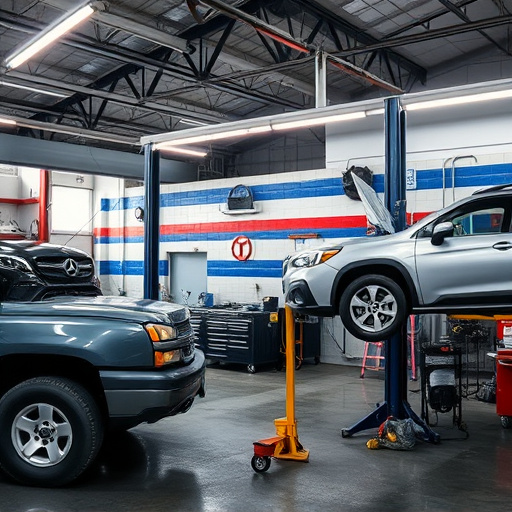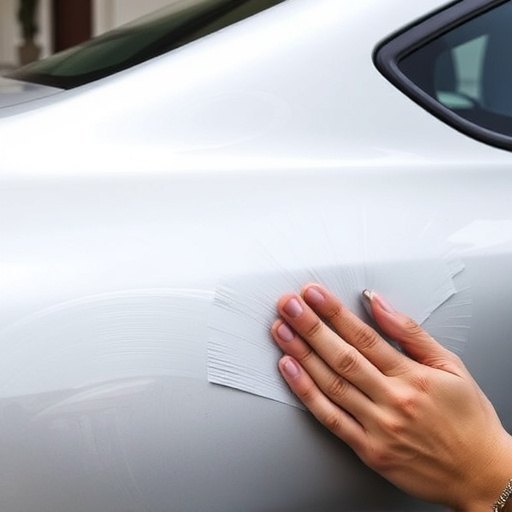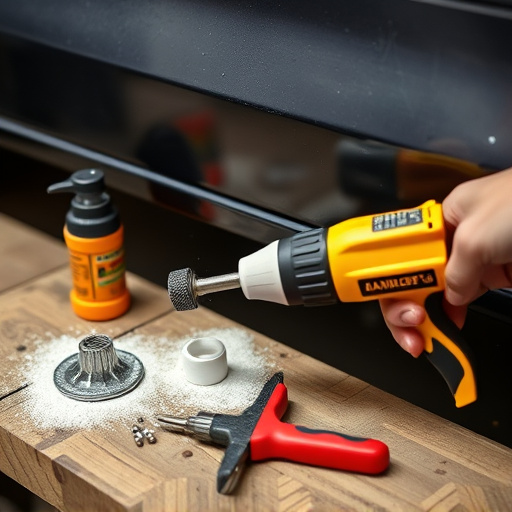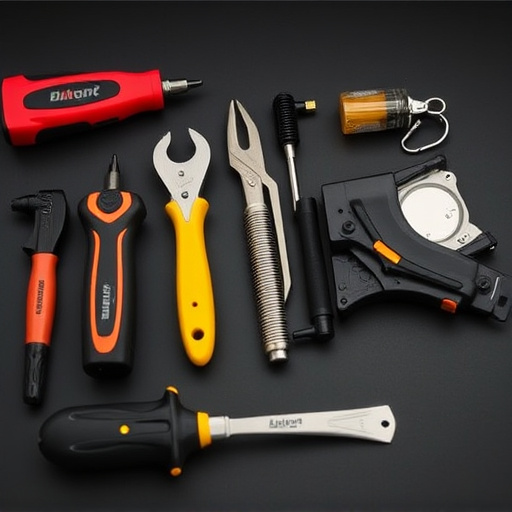Mercedes sequential turn signal repair involves identifying root causes beyond bulb replacement, such as faulty wiring or collision damage. Diagnose issues using OBD-II scanners and visual inspections. Repair includes replacing relays, repairing connectors, and reassembling light assemblies with proper alignment, utilizing genuine Mercedes spares for optimal performance and safety.
Mercedes owners know that their vehicle’s features, including the sophisticated sequential turn signals, are a key part of the overall driving experience. However, like any complex system, these signals can encounter issues, especially in the rear or front. This comprehensive guide delves into the intricacies of diagnosing and repairing Mercedes sequential turn signal problems. Understanding how these signals work is crucial before attempting any repairs. Let’s explore effective step-by-step solutions for both rear and front malfunction scenarios.
- Understanding Mercedes Sequential Turn Signals
- Diagnosing Rear and Front Turn Signal Malfunctions
- Step-by-Step Repair Guide for Mercedes Sequential Lights
Understanding Mercedes Sequential Turn Signals

Mercedes sequential turn signals are a sophisticated feature designed to enhance safety and visibility while driving. Unlike traditional turn signals, these systems use a series of flashing lights to indicate upcoming turns or lane changes in a more distinct and timely manner. This advanced technology is particularly prevalent in newer Mercedes models, where it’s integrated into the vehicle’s exterior lighting systems. Understanding how these signals work is crucial when addressing any issues that may arise during a Mercedes sequential turn signal repair.
When it comes to repairs, whether it’s for front or rear Mercedes sequential turn signal problems, identifying the source of the issue is key. Common challenges include faulty wiring, burned-out bulbs, or damage from vehicle collision repair. Many owners might attempt basic troubleshooting like replacing the bulbs first, as a burnt-out bulb is a common cause of flickering or non-functional signals. However, if the problem persists, it’s often best to seek professional help for a thorough diagnosis and effective vehicle repair services to avoid further complications or the need for extensive collision damage repair.
Diagnosing Rear and Front Turn Signal Malfunctions
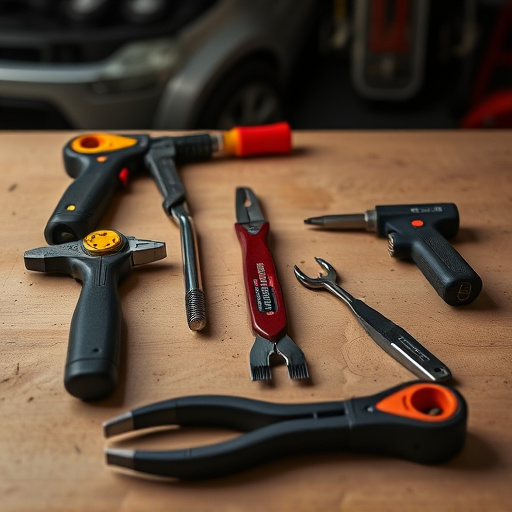
Diagnosing turn signal malfunctions in a Mercedes vehicle, whether it’s a rear or front sequential system, is an essential step in Mercedes sequential turn signal repair. The first step is to inspect the lights themselves for any visible damage, such as burnt-out bulbs or frayed wiring. With modern LED technology, these issues are less common, but checking for loose connections and damaged components is still crucial.
For a more comprehensive diagnosis, an auto technician will use specialized tools to scan the vehicle’s computer system. This process involves connecting a diagnostic scanner to the OBD-II port, which can retrieve error codes indicating turn signal problems. Common issues include faulty turn signal controllers, bad wiring harnesses, or damaged relay modules, all of which are key components in both rear and front Mercedes sequential turn signal systems. Identifying the root cause is vital for effective vehicle collision repair and ensuring safe operation on the road.
Step-by-Step Repair Guide for Mercedes Sequential Lights

Repairing a Mercedes sequential turn signal involves a meticulous process that can be broken down into manageable steps. Begin by identifying the issue; check for any damage to the turn signal components, especially the bulbs and wiring. If the problem persists after inspecting the obvious culprits, delve deeper into the system, as it might involve replacing faulty relays or repairing damaged connectors.
The step-by-step guide should include disassembling the front or rear light assembly (depending on the affected area), carefully removing the old bulbs and testing them for functionality. Replace any defective parts with genuine Mercedes spares to ensure optimal performance. Once all components are in good working order, reassemble the assembly, ensuring proper alignment and secure connections. Regular maintenance checks can prevent future issues, including those related to collision repair or bumper restoration, by keeping the lighting system in top condition.
Repairing your Mercedes’ sequential turn signals is a crucial task for any vehicle owner, ensuring both safety and the preservation of your car’s intricate lighting system. By understanding the functionality and diagnosing the specific issues, whether rear or front-related, you can efficiently address these problems using a comprehensive step-by-step guide. With the right tools and knowledge, you’ll be well-equipped to tackle Mercedes sequential turn signal repair, enhancing your vehicle’s performance and reliability on the road.




